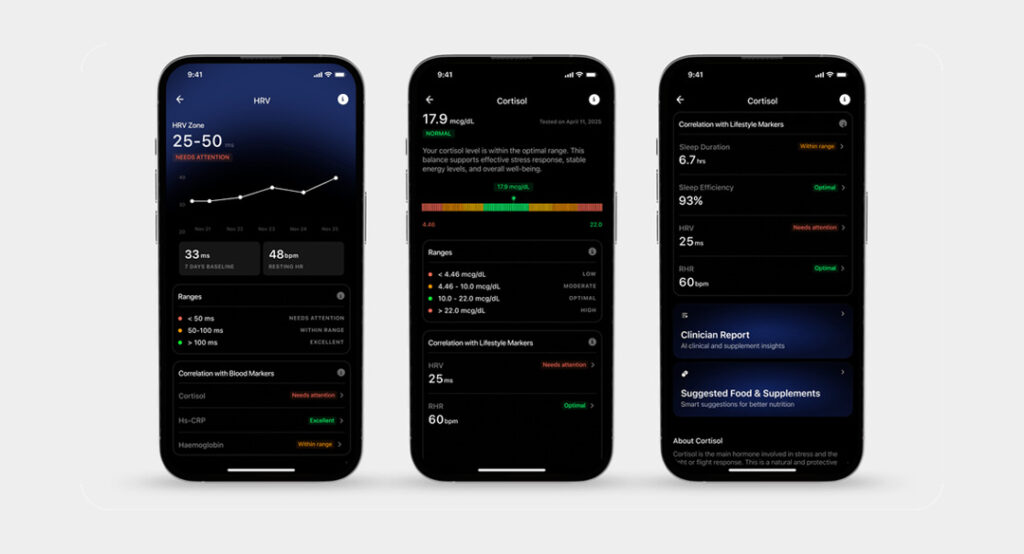In a world obsessed with the perfection of the female form, it would make great sense for us to observe the biochemistry of nature that sculpts our internal and external symmetry.
Our observations can then allow us to respond to change the aspects of our internal chemistry to reflect in the expression of the symmetry of our external form. With the incidence of obesity having nearly tripled in the last 4-5 decades according to the WHO, it indeed can be a dissonance in harmony.
What is obesity?
Obesity can simply be defined as the accumulation of an excess of abnormal fat that presents a health risk. Generally obesity is measured by body mass index or BMI, this is simply a mathematical formula that takes into consideration a calculation of weight divided by height. This calculation is a very generic tool and is more a guide than the standard. The BMI calculator is easily available on the internet. Obesity on the BMI scale is cited as anything over 30, which essentially approximates to 30 pounds of fat.
Measuring Obesity
The gold standard measurement is the Dual-energy X-ray absorptiometry or DXA scan that measures bone mineral density, muscle distribution, visceral adipose tissue as well as subcutaneous adiposity and displays an accurate distribution in milligrams. This would be the most actionable data for your medical practitioner or fitness specialists.
The physical form often expounds the state of our internal condition. If we perceive obesity from a biochemical perspective we could also look at it as a chronic state of low level inflammation. On a DXA scan this low level inflammation can easily be recognized as visceral adipose tissue or VAT. This would mean in many of these cases just diet and exercise may not yield significant results as there is a deeper underlying disbalance in our physiology.
Obesity & Sex Hormones
The female sex hormones especially estrogen and progesterone sculpt our curves and form through puberty into womanhood. The relationship between obesity and our sex hormones is bi-directional. Irregularities in our menstrual cycle and the ebb and flow of estrogen and progesterone can contribute to obesity. Equally obesity can cause irregularities in the menstrual cycle.
Moreover there is a direct correlation between the fact that the fat stores in our body secrete estrogen, potentially skewing levels in our body and creating irregularities in our menstrual cycle. As estrogen is a growth factor, an excess of this sex hormone can be responsible for issues related to and inability to lose weight, fertility, polycystic ovaries and in extreme cases even the expression of cancer.
Obesity & Menstrual Cycle
The bi-directional nature of weight and the irregularities of the menstrual cycle also come into play not only when there is an excess of weight, but also when there is a lack of a healthy fat composition in the body or when one is underweight. It is also important to point out that the stresses of an intense exercise or athletic regimen can unbalance the menstrual cycle.
Two of the greatest control factors in our power to balance our sex hormones and the menstrual cycle is connected to the two critical influencers of food and stress. In terms of food, there are two elements to consider. Firstly a low glycemic index of food intake and secondly the estrogenic load of processed foods. Both these elements in our foods contribute to the flux in our insulin levels and our insulin sensitivity, which directly impacts our expression of estrogen and obesity.
Secondly to mediate our stress response the practice of mindfulness, yoga or meditation would be highly beneficial as they blunt the cortisol levels in our system. Cortisol is a stress hormone that creates the quick mobilization of sugars in our blood stream activating our insulin response. A chronic state of high cortisol levels and insulin levels directly influence fat metabolism and increases estrogen levels potentially causing menstrual cycle irregularities.
The human hormonal system is a deeply connected orchestra playing in concert with the environment and our every interaction. Being aware of our expression of weight and the cycles of menstruation gives us the ability to influence our weight, fertility and well being through balancing the way we live.







